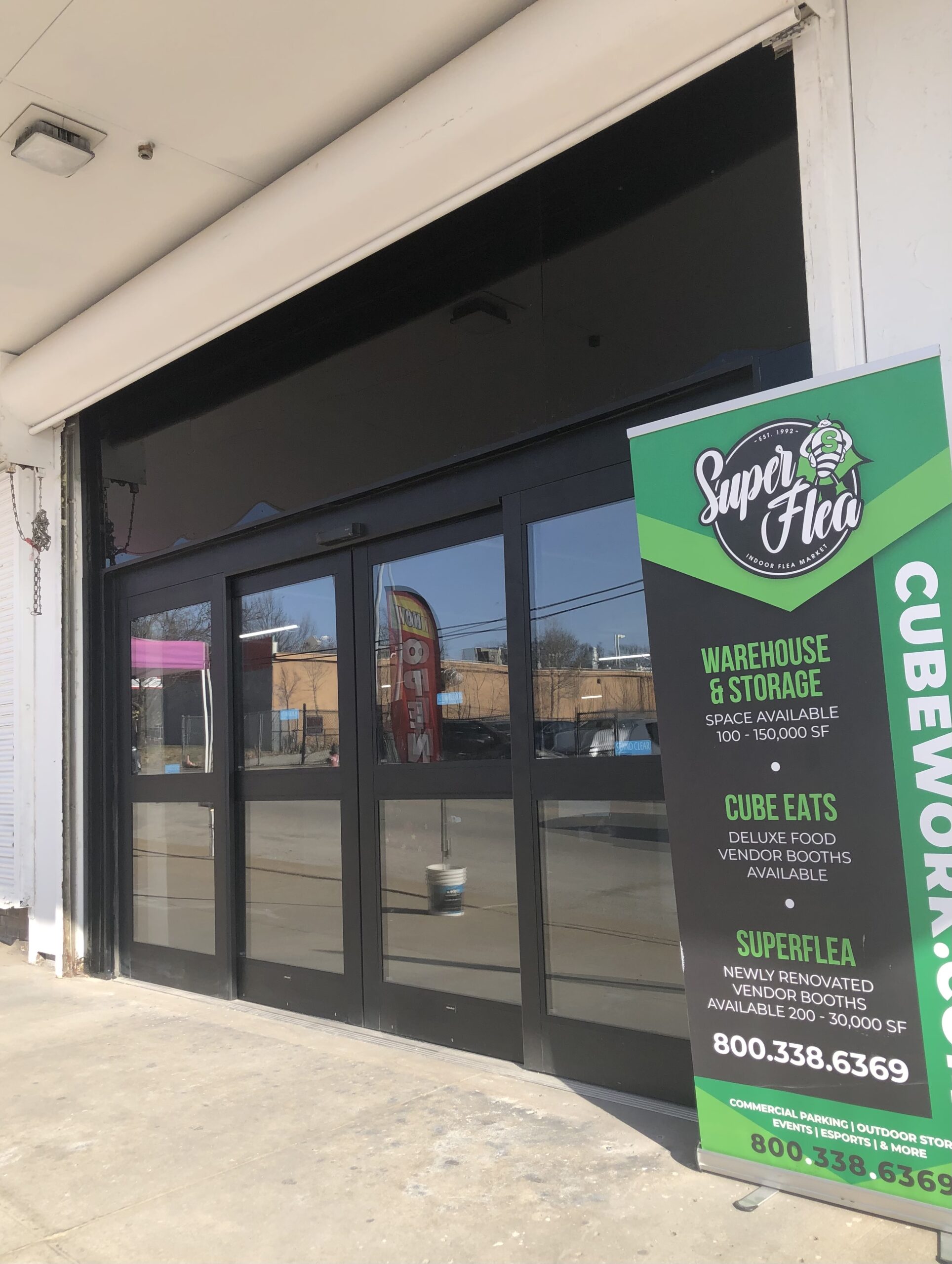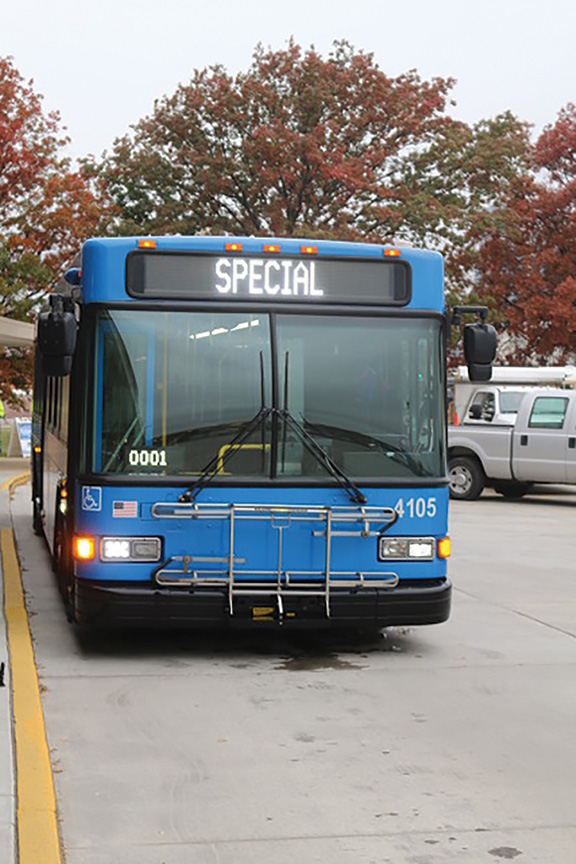
Abby Hoover
Managing Editor
As the weather turns colder and the holidays approach, the Kansas City Fire Department (KCFD) is reminding homeowners of safety tips. With COVID-19 taking a toll on first responders and families alike, preventing fires and other emergencies can take some of the load off the department.
“This time of year, especially, we tend to see more heating related fires,” said Deputy Chief Jimmy Walker of the Kansas City Fire Department. “We do see an uptick in fires, so we really want people to be really cautious when they’re using space heaters.”
Walker recommends making sure anything flammable is more than three feet from heaters, and not to plug them into a power strip or extension cord because it draws too much power. It can be tempting to use extension cords in winter months, especially for holiday decorations, but it is unsafe to cover them with rugs because the heat it traps could cause a fire.
“If you elect to have a real Christmas tree, you want to make sure that when you pick out the Christmas tree that the needles are green, that they’re not dry and they’re not falling off readily,” Walker said. “You want to make sure that tree is watered.”
When using Christmas lights, Walker said to follow the manufacturer’s recommendation on the age and proper use, and not to use faulty or worn out lights.
This time of year, candle usage also trends upward. On Thanksgiving day and Christmas day, there are more fires caused by candles than every other day of the year combined, Walker said. It is safe practice to keep candles out of reach of children and where pets can’t knock them over. Candles, like all open flames, should also never be left unattended.
Walker advises that, even in desperate situations, ovens and stoves should not be used for a heat source.
“I understand that some people, that may be their only means, but we want to discourage that because your oven and stovetop are not made for that, so you’re putting yourself at increased risk of having a fire in your home,” Walker said, adding that burns and inhaling fumes are also dangers.
Every season of the year presents its own unique hazards. In the fall and winter, dry leaves more easily catch fire and have the potential to spread it quickly. In city limits, it is illegal to burn leaves or trash outside, with very few exceptions.
“Unfortunately, we see it a lot in Northeast, where people will be burning trash, and with all these dry leaves everywhere, it can quickly spread to a house, and older houses have a propensity to burn because that wood the house is built from is older and drier,” Walker said.
This is not an uncommon occurrence in places like Europe where the buildings can be significantly older. Walker said it is a well known hazard as homes get older.
Another component of old homes in Northeast is often a fireplace. Walker said KCFD recommends getting them inspected every year.
“If you have a crack in the flue, embers can get inside there and get inside the walls and catch it on fire and, again, these old homes that wood is dry and so if those embers get in there on that dry wood, you can have a pretty significant fire before you even realize it,” Walker said.
According to KCFD, electrical fires happen year round, but they see a spike in furnace fires when the temperature drops and people turn on their heat for the first time.
“So make sure your furnace has been properly maintained with a heating and cooling expert,” Walker said. “You should have those inspected every few years.”
Beyond fire, if a furnace isn’t vented properly or not burning completely, carbon monoxide could build up in the home, which Walker calls a “silent killer” because it doesn’t have a smell or taste. He said if more than one person at home starts to experience a rapid onset of dizziness or headache, the home should be evacuated and firefighters called immediately.
KCFD recommends households make an EDITH, or Exit Drills in the Home, in case there is ever a fire. However, Walker said a plan is only the first step.
“We want to make sure that people practice that plan,” Walker said. “If you have a child who’s on the second floor, and you have an escape ladder, you don’t want the first time they climb that ladder to be when there’s a fire in the home, so you want to practice that.”
Walker said households should practice two routes out of each room in the house, especially sleeping areas because that is where people are most commonly caught unaware by a fire. An exit plan should also have a common meeting place in the front of the house so that when emergency crews arrive, an adult can quickly ascertain if there’s anyone else inside.
“It doesn’t change how we’re going to fight the fire, we’re still going to, but when we know there’s nobody left in the house, it removes that little bit of burden that we’re constantly looking for somebody,” Walker said.
According to KCFD, cooking fires are the No. 1 cause of house fires. If someone is sleepy or has consumed alcohol, they should not use the oven or stovetop. Cooks should always stay in the kitchen while frying, grilling, boiling or broiling food.
Walker said if someone is monitoring cooking on the stove, if there is a fire, one should be prepared to put a lid on it and quickly shut off the heat. He reminds cooks not to use water on a grease fire.
“We say, ‘leave firefighting to the professionals, that’s what we get paid for,’ but if you have a small extinguisher in your kitchen, it’s great to have it there because while you’re attending to your food, if you see a small fire start, then you can put fire out,” Walker said. “When in doubt, get everybody out of the house and call 911, and the priority is get everybody out before you call.”
Walker said if someone calls 911, especially in Northeast, there will be a very fast response time, so people shouldn’t worry about grabbing certain belongings.
“Our job is not only to put the fire out, but to protect property, so we’ll do everything we can to try and limit the damage,” Walker said. “You know, we care about people. We want to make sure that their stuff isn’t isn’t destroyed.”
During COVID-19, KCFD is trying to limit exposure on calls. While they will still dispatch a full crew for a medical emergency or fire, they may only send one or two people to assess the situation.
“If you have COVID symptoms and you’re calling us for help, if you can meet us outside on the front porch, it protects our responders, so you’re protecting the protector,” Walker said. “That limits our exposure to COVID, and also, you know, it helps us help you.”
Walker requests that if someone is positive for COVID-19, is quarantining or experiencing symptoms, to let the dispatcher know when they call 911.
“It doesn’t change how we respond, it doesn’t change the PPE (personal protective equipment) we wear, but it’s a nice reminder to our people that we know we’re coming into contact with it,” Walker said. “Even if you’re just driving down the road and you get into a car wreck, if you see a responder come up, say you’re COVID positive and wear your mask. We can’t stress enough to people that what the average citizen citizen can do to save a life is to wear a mask. That’s been proven.”
KCFD asks the community to social distance, diligently wash their hands and wear a mask to prevent the spread of COVID-19, Walker said, adding that containing the pandemic can buy time until everyone can get vaccinated, meaning the sooner everyone can get back to “normal life.”
As of Monday, Dec. 7, 65 KCFD employees are positive for COVID-19. Walker said hundreds have been positive over the course of the pandemic, and three employees have died from COVID-19.
During the early months, firefighters, paramedics and other employees were quarantined if they came in contact with someone who had tested positive. The department has changed its policy on quarantining due to staffing shortages and concerns of overworking the employees who are able to show up.
Now, employees are no longer quarantined if they have a “mild” exposure. Instead, they are quarantined at work, which Walker said other fire departments have been doing since March.
“We were getting to a point when we had so many people in quarantine that what we were concerned with was wearing down our employees, we had so much overtime,” Walker said. “It wasn’t about the money, it was about how we had people working day after day, after day, and then, people who were symptom free who want to come back.”
KCFD is following the CDC recommendations for healthcare professionals, Walker said. Contact tracing is in place, and department leadership meets with IAFF Local 42 and Local 3808 weekly to update protocols, with guidance from the city’s health director.
As of December 7, the department has a total of 132 people that have had a mild exposure. At work, they are required to wear an N-95 mask at all times. They’ll be tested after 14 days.
A mild exposure is classified as being around a COVID-19 positive person while both wear masks. However, for example, if someone in an employee’s home tests positive, that employee would have to quarantine at home.
“We’re still closely monitoring people,” Walker said. “Anytime somebody in a station comes up positive, we talk to everybody who they’ve worked with and if they’ve been responsible. But if they say, ‘Oh, you know, me and Joe, we decided to take our mask off and we’re sitting next to each other for two hours,’ then we’ll quarantine that person, but we really look at each case by case.”
In Missouri, firefighters will be in the first round of vaccinations. Walker said he doesn’t know how many firefighters plan on taking the vaccine once it is an option. It is undecided whether the vaccine will be made mandatory for healthcare workers.
“We don’t know when, we don’t know how it’s going to be distributed, but we expect those decisions to be made within the next week or two, and, you know, there’s gonna be chances we can have firefighters being vaccinated by the end of the month,” Walker said.
Walker said calls for service fell during the first stay at home order because fewer people were out and about, but call volumes have now risen to normal levels.
“You know, it saddens us,” Walker said of the three employee deaths. “We’re constantly trying to keep our members safe. At the same time, we know that we have to provide a service to the community, and every one of us took this job knowing there’d be some risk to it.”
Although a pandemic wasn’t what Walker and other KCFD employees expected, he said the department’s members have a great commitment to the community and are here to serve and do so willingly.
Walker said at this point, the department is not experiencing a shortage of PPE or cleaning supplies.
“We are constantly keeping that under consideration to keep an eye on how much we have out there and how much we’ve stored,” Walker said. “Currently, we’re doing really good.”



















